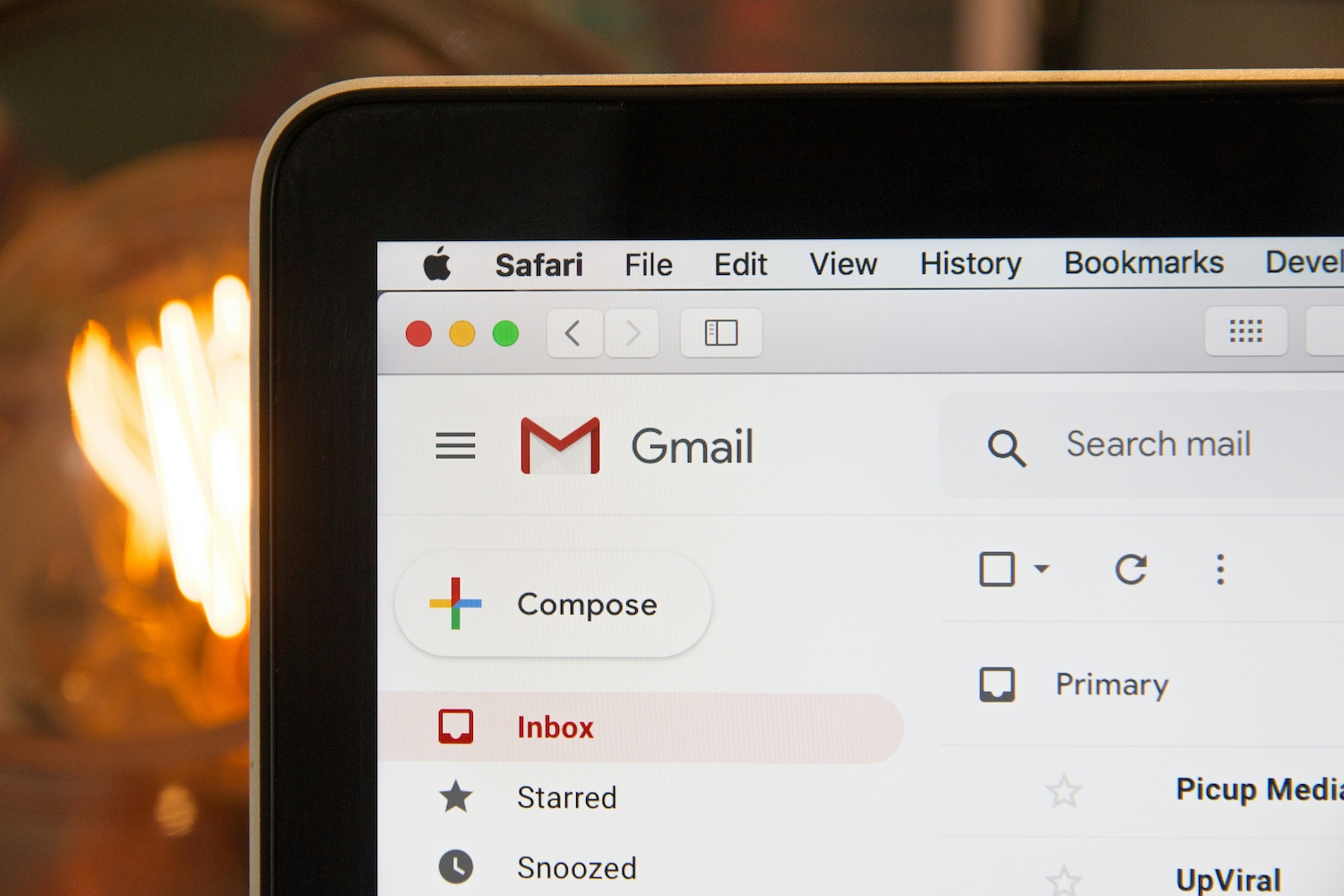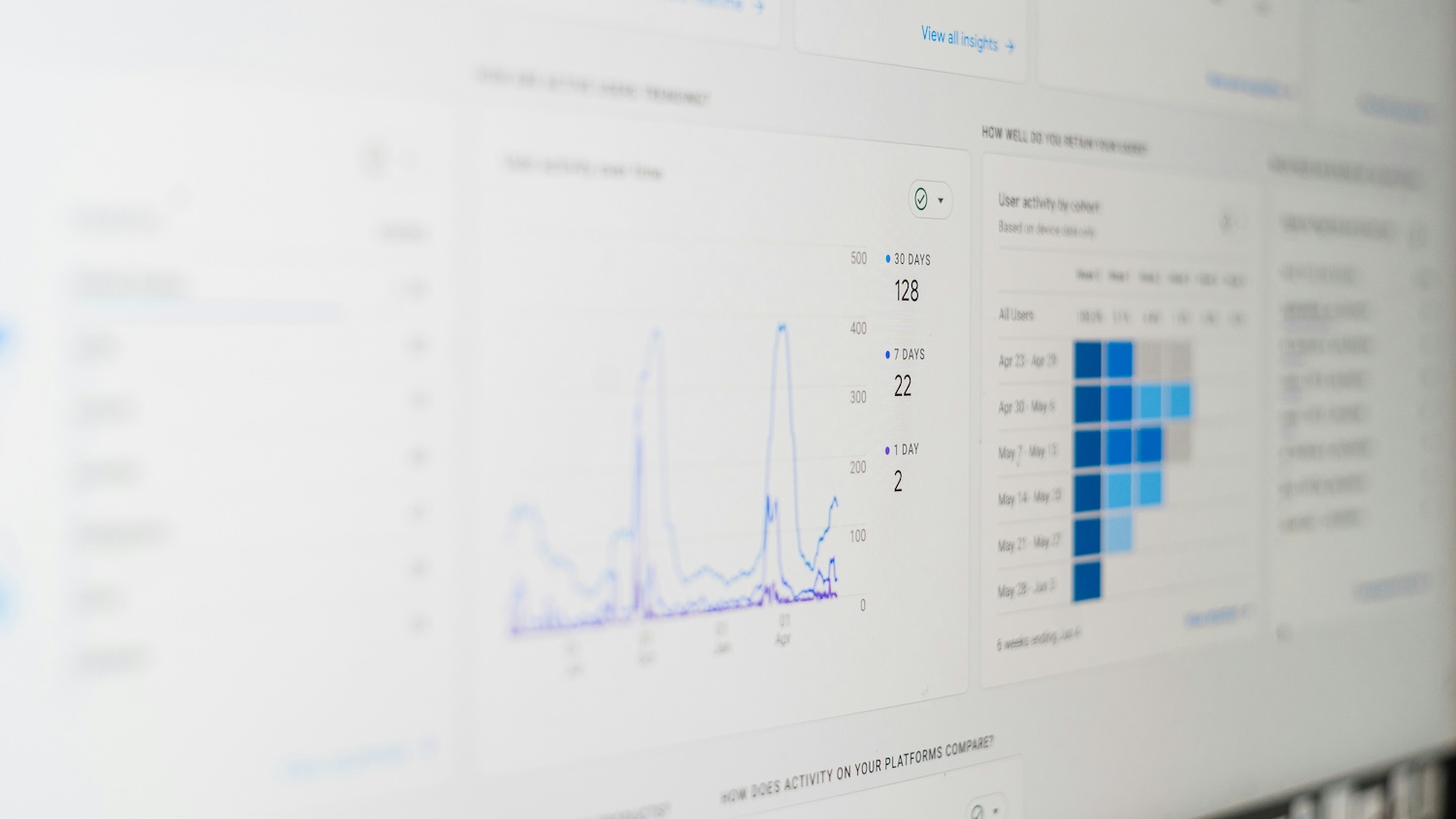· Marketing · 5 min read
Google Ads Best Practices for 2024: How to Maximize Your ROI

Why Google Ads Should Be a Key Part of Your 2024 Marketing Strategy
As the digital marketing landscape evolves, Google Ads continues to be one of the most effective platforms for driving traffic, generating leads, and growing revenue. With its extensive reach and robust targeting capabilities, Google Ads provides businesses with the tools needed to attract the right audience and maximize return on investment (ROI).
In this guide, we’ll explore the top Google Ads best practices for 2024, from utilizing new features to optimizing your campaigns for better performance.
Understanding the Latest Google Ads Features
Performance Max Campaigns
Performance Max campaigns are designed to automate ad placements across Google’s various platforms, including Search, YouTube, and Display. In 2024, these campaigns are more powerful than ever, thanks to improvements in Google’s machine learning algorithms.
- How it Works: Performance Max uses automation to optimize bids and placements, ensuring your ads appear in the best locations to maximize conversions.
- Best Practices: To get the most out of Performance Max, ensure you provide high-quality assets (images, videos, and copy), set clear goals (such as lead generation or sales), and review asset performance regularly.
Responsive Search Ads (RSA)
Google’s Responsive Search Ads allow you to provide multiple headlines and descriptions, which Google will automatically mix and match to find the best-performing combinations.
- Why Use RSA: Responsive Search Ads increase ad relevance by delivering tailored messages to users based on their search behavior.
- Best Practices: Include a variety of keywords in your headlines and descriptions to maximize relevance. Test different messaging styles, from promotional to value-driven, and let Google’s algorithm determine what works best.
Optimizing Your Google Ads Campaigns
Keyword Research and Optimization
Keywords remain at the heart of any successful Google Ads campaign. In 2024, focusing on long-tail keywords and user intent will be critical for staying competitive.
- Long-Tail Keywords: These keywords are more specific and less competitive, making them ideal for targeting niche audiences. For example, instead of bidding on “running shoes,” consider “best trail running shoes for women.”
- Negative Keywords: Regularly update your negative keyword list to prevent your ads from appearing for irrelevant searches. This ensures that your budget is being used efficiently.
Smart Bidding Strategies
Google’s Smart Bidding uses machine learning to optimize your bids for better performance. By analyzing a wide range of signals, including device, location, and time of day, Smart Bidding can make real-time adjustments to improve ROI.
- Best Practices:
- Set clear campaign goals (e.g., maximizing conversions or targeting a specific cost-per-action).
- Use Target CPA (Cost per Acquisition) or Target ROAS (Return on Ad Spend) strategies to align your bidding with your desired outcomes.
Ad Extensions: Make Your Ads Stand Out
Ad extensions provide additional information in your ads, improving visibility and click-through rates. In 2024, expect even more dynamic and customizable ad extension options from Google.
- Sitelink Extensions: Direct users to specific pages on your website, such as product categories or contact pages.
- Call Extensions: Allow users to call your business directly from the ad.
- Location Extensions: Great for local businesses, these extensions show your business’s address and a map link.
Automation and AI: The Future of Ad Optimization
Automated Bidding
Automated bidding strategies in Google Ads take the guesswork out of manually setting bids. By analyzing user behavior and auction dynamics in real-time, Google’s AI can set bids that are more likely to lead to conversions.
- Best Practices: Use automated bidding with clear goals in mind. For instance, if you aim to maximize conversions, choose the “Maximize Conversions” bid strategy. If you’re focused on a specific CPA, opt for Target CPA.
Ad Copy Generation with AI
AI tools can now assist in generating effective ad copy, saving you time and resources. Tools like Google’s Smart Campaigns and third-party AI tools can create ads that are both relevant and engaging.
- Best Practices: Always review AI-generated content for brand voice consistency and compliance. Use AI for A/B testing variations, and refine your approach based on the performance data.
Tracking and Measuring Success
Key Metrics to Track
To optimize your Google Ads campaigns, track key performance metrics consistently:
- Click-Through Rate (CTR): A higher CTR indicates that your ad is relevant to users.
- Conversion Rate: This shows how effective your ads are at generating sales or leads.
- Cost-Per-Click (CPC): Lowering your CPC while maintaining conversions can improve overall ROI.
- Quality Score: Google’s quality score determines how well your ads align with search intent. A high score can lead to better ad placements at a lower cost.
Optimization Tips
- A/B Testing: Continuously test different ad headlines, descriptions, and images to see what performs best.
- Ad Scheduling: Review the times when your ads perform best and adjust your ad schedule to focus on those peak hours.
- Location Targeting: If your business operates in multiple regions, use location-based targeting to tailor ads to specific audiences.
Conclusion: Stay Ahead in 2024 with Google Ads
As competition continues to rise across digital channels, staying ahead of trends and utilizing Google Ads’ latest tools is essential for maximizing ROI. By focusing on the best practices outlined in this guide, including utilizing new automation features, optimizing keywords, and regularly reviewing performance metrics, you can ensure your Google Ads campaigns are set up for success in 2024.
Focus on continuous improvement, test new strategies, and adapt to the evolving ad landscape to maintain a competitive edge and drive long-term growth.




